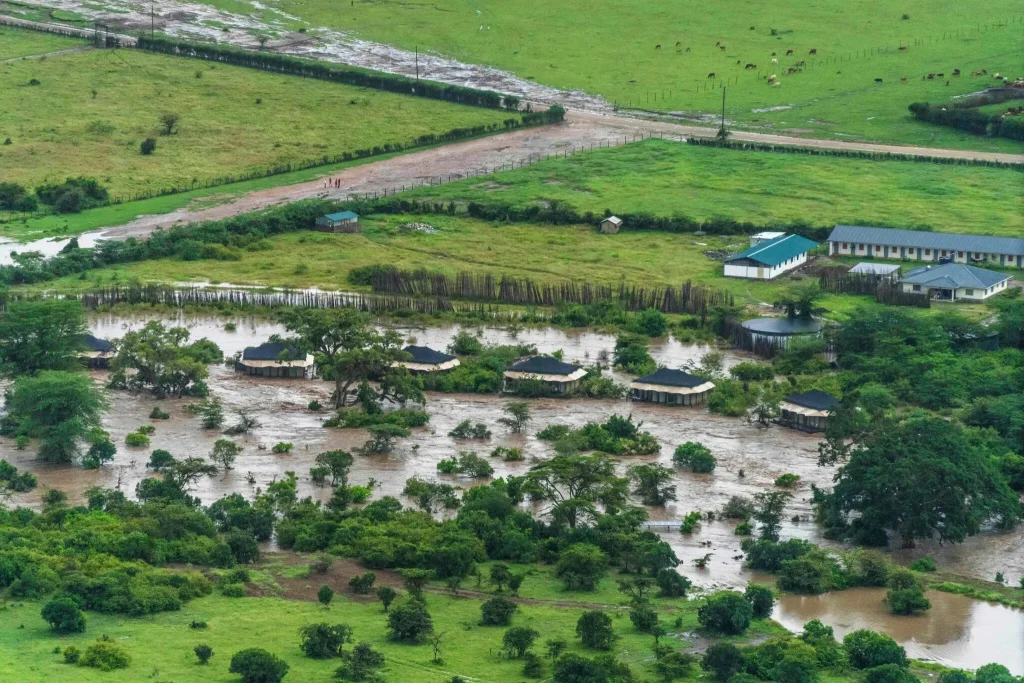The unprecedented torrential rains and the accompanying floods have been the most devastating that has battered Kenya in recent history. Almost 300 people have died with scores missing and thousands displaced, according to official numbers. Billions of properties and infrastructure have been utterly destroyed.
The destructive rainfall is the outcome of several elements, including Kenya’s famed seasonal rainfall, human-induced climate change, and natural forces.
Kenya’s Famous Rainfall Season
Like some parts of East Africa, Kenya has a “long rain” period from March to May and a “short rain” in the last quarter of the year. The long rain season usually sees fairly heavy rainfall and often extends beyond May.
While Kenya’s Meteorological Department had forecasted heavier downpours this long rain season, the sign of what was to come prodded months earlier during its short rain period when heavy storms made landfall across the country, especially in areas like Garissa and Mombasa.
India Ocean Dipole and El Nino
The quantity and intensity of rainfall in Kenya are heavily determined by natural climate phenomena like the Indian Ocean Dipole (IOD). The IOD is an oscillation of the sea surface temperatures of the eastern and western Indian Ocean between warm and cold. It has positive, neutral, and negative phases.
The positive phase is responsible for the heavy rainfall experienced in areas west of the Indian Ocean, such as Kenya. Conversely, it brings drought to countries east of it, such as Indonesia.
Some have linked it to El Nino-which is a climate phenomenon that describes the unusual heating of surface waters in the eastern equatorial Pacific Ocean. The warmer waters cause the Pacific jet stream to move south of its neutral position, causing areas around there to get wetter and have increased flooding.
However, in Kenya’s case, the positive Indian Ocean Dipole and climate change are likely responsible for the ongoing flood-induced rainfall, says Joyce Kimutai, Research associate at Imperial College London.
Warm oceans from hot atmospheres lead to increased evaporation. This moisture-laden air can then result in more intense rainfall.
Strategy for the Future
Despite the seeming unpredictability of Kenya’s weather patterns due to the combination of these factors, the Director of the country’s meteorological department, David Gikungu said he hopes it will end soon.
“We are expecting the season to end in most places around the end of May. Around the coast, we are expecting it to cease around June,” Gikungu said.
“There are offices to track and inform. We work with others who deal with disaster management, and they are all supported by the government,” he added
Eventually, the effectiveness of the strategies employed can only be measured if they match the intensity and scale of the crisis that the forces of nature bring.

